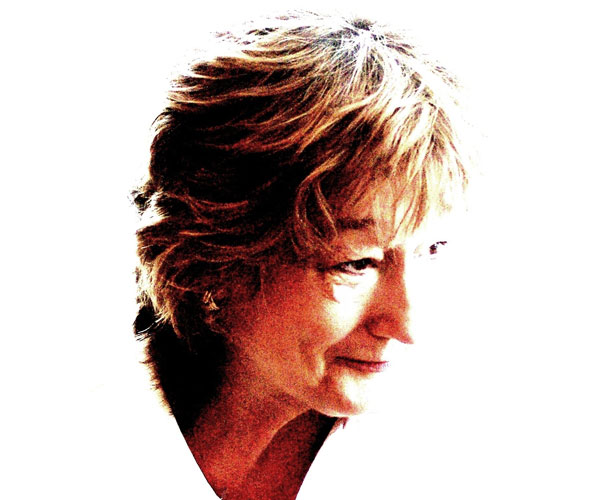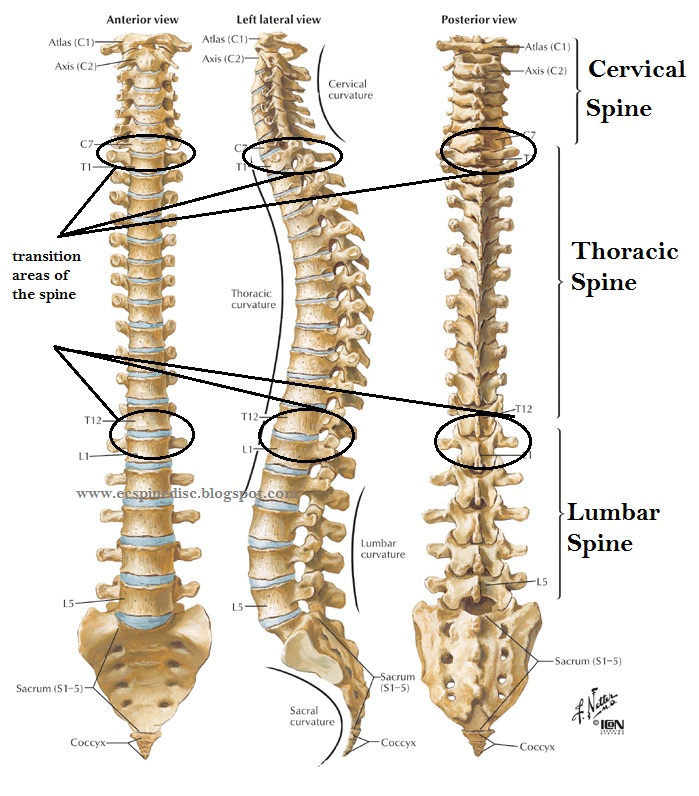ELSPETH ALEXANDER BA (Hons) DO, DCH, DCP, MCH, AICH
Osteopath, Clinical Hypnotherapist & Health Coach

ABOUT
Elspeth trained as an Osteopath at the European School of Osteopathy over 25 years ago and has worked in Harley Street, Central London since qualifying. To add to her interest in the mind-body connection and the enormous role it plays in a healthy mind and body, she trained as a Health Coach in SE London at the Centre for Coaching.
Coaching creates a pro-active state in the patient increasing their ability to take responsibility for their own health. Some of the relaxation techniques, being similar to hypnosis, prompted her to train as a Hypnotherapist at the Institute of Clinical Hypnosis in London over 10 years ago.
Elspeth feels that she is able to cover all aspects of patient care with her blend of skills which effectively elicit a rapid healing response in all her clients.
%
Bodies Healed
%
Phobias Healed
%
Goals Met
THE FUSION OF THE OSTEOPATHY, HYPNOTHERAPY AND LIFE COACHING
The fusion of Osteopathy, Hypnotherapy and Health Coaching creates an all-encompassing therapy for observing and holistically treating the mind-body connection and dis-ease emanating from disturbances within it. It provides a strong foundation for future therapy and helps the patient to understand the importance of both physical and psycho-emotional well-being.

OSTEOPATHY
Osteopathy recognises that areas of disruption in body mechanics, painful or otherwise, affect not just the area in pain, but can, via the system of reflexes throughout the nervous system, affect other areas which are not necessarily painful but nevertheless may be creating an underlying problem. For example a hormonal or digestive problem can be triggered by a loss of mobility in the neck and upper back due to a whiplash but the presenting problem may be an acute low back pain.
The development of disease is due to a faltering homoeostatic mechanism which fails to regain its tendency towards a healthy state after suffering an obvious insult to the body or a less obvious underlying repetitive strain such as sitting incorrectly for a number of years in a poorly designed workspace.
The analogue to this in the psychological realm would be an anxiety or phobic state produced by the trauma via a somatico-psychic reflex involving the neuro-hormonal system. The same reflex would apply for someone sitting at a desk with a poor posture and poor lighting for years without much respite leading to a major depressive illness.
Sometimes the initiating or precipitating factor for pain or poor health is very clear to both patient and practitioner alike and in a more orthodox medical setting this can be an indicator to decide the necessary method of treatment. For example, a broken leg would require the most urgent and undoubtedly the most urgent treatment of choice. However this frequently does not recognise the need for aftercare which is on the decline. Reduced levels of aftercare frequently may not go beyond a follow-up visit to ensure the leg is mended and a rehabilitation regime is often overlooked. The medical model denies a comprehensive treatment as patients have to voice a problem which may get interpreted differently by another medical department.
Most accidents may leave a shadow of the problem in the soft tissues distant from the site of the original pain which should also be addressed. This is recognised in Whiplash Syndrome but it is not universally recognised for other conditions.
A quick fix may be a short term measure but when other areas in the body start to become a problem some months later, there can be difficulty in recognising the role of the previous injury in the new complaint especially if chronicity of the soft tissue has commenced. In a short time the ability to distinguish between an initiating or maintaining factor becomes blurred as the body has tried to heal itself and it is less easy to see the old pattern.
To take George L Engel’s Biopsychosocial Model of Health and Illness (1977) a step further and act upon his findings in a more dynamic proactive way, more emphasis on providing an organised treatment regime that aims to include all the aspects of the patient is required. It is only by doing this that the practitioner can start to understand what degree of attention should be paid to each aspect.
When these have been balanced and the system has been primed to recover, other adjunctive processes crucial to maintaining good health can be addressed such as diet, exercise and life planning under the umbrella of health coaching to ensure that all aspects of the mind and body are catered for. On reaching this desirable state, the patient can be given back the responsibility for his own health again. It is only in this way that true health can be achieved.
This treatment regime being offered provides the best in holistic care and many Osteopaths offer adjunctive therapies. Elspeth also offers ultrasound therapy where both acute and chronic pain can be dealt with more rapidly if appropriate.
The best treatment to connect with the patient initially is via the physical body and Osteopathy offers the best opportunity to ensure that there are no major hindrances to getting the best result. Patients who are timid or nervous with physical contact are provided with full explanations of the treatment and this is often a good time to gain trust whilst the client starts to relax and feel the soothing therapeutic effect of a hands-on approach
OSTEOPATHY
HYPNOTHERAPY
HEALTH COACHING
OSTEOPATHY, HYPNOTHERAPY and HEALTH COACHING as STANDALONE TREATMENTS
Osteopathy, Hypnotherapy and Health Coaching can each be provided and used as standalone treatments. All treatment choices are the preserve of the patient. Many clients have already experienced a number of different therapies over their lifetime. They may also have tried a number of different therapists operating in the same discipline and this can be the case when they intuitively feel that a specific therapy is what they need but the specific therapist does not seem to work for them. This can be due to many factors; poor diagnosis, choice of technique within the discipline and strength or length of treatment. Also some patients in their desperation to get ‘fixed’ may use two or more conflicting types of therapy with treatments being given in too small a timeframe so that the healing response is blunted or too excessive for their tissue type and body generally. Also there may be tendency to not inform each therapist about the other. This can be problematic even when both therapists are informed of the other’s treatment. Not unlike the medical model and use of pharmacology, there can also be side effects from too much physical treatment especially if they are trying to heal on different levels and the conflict overpowers the healing response and the overload negates both treatments.
Fusing the treatments together is a very different experience from the using say two different therapies from different therapists. Where there is experience of the need to treat on many levels, the use of one practitioner obviously has its merits as they can be aware of the efficacy of their individual therapies on the client. The question of trust is evidenced by using the same therapist for a range of different therapies when it is available. This can also happen in a clinical setting where there is more than one therapist available for a particular discipline: in the absence of the normal practitioner, the patient may well use an alternative practitioner in the same discipline. They will also be inclined to use another therapeutic discipline within the clinic itself.
Therapists can use different treatments together. This can include an adjunctive therapy to what they already practice eg the use of electrotherapy equipment together with their hands-on massage of soft tissue, traction, exercises and strapping. This tends to be effective because they are using it within the same context. Other physical therapists may add other treatments which are similar in reach such as Osteopathy and Acupuncture or Dry Needling. This reinforcement of their work whilst frequently inessential does not correspond to the perceived need of holding all the aspects of the Biopsychosocial model in the hands of one therapist who can see the need for each treatment as the process unfolds.
needling but only where one therapy is adjunctive to what they already practice eg physiotherapists using electrotherapy together with their usual exercises and soft tissue treatment or a Counsellor using deep breathing methods
The increasing stress of modern living and the sophistication of treatment options available can for some patients be so confusing to wade through that frequently no decision will be made and often the patient is not able to made a decision at a time when they most need help. The very act of trying to acquire enough information on which to base a sensible informed decision about a treatment protocol is enough to create further stress and the fusion of Osteopathy, Clinical Hypnotherapy and Health Coaching most accurately resembles and answers the need for a treatment rationale which answers the need tripartite treatment model expressed by Engel.
CONTACT
Elspeth Alexander
Mob: +44 7887 503509
Also available on Skype
Treatment Rooms:
Harley Street, London W1, UK
Registration No: